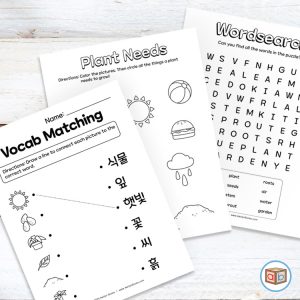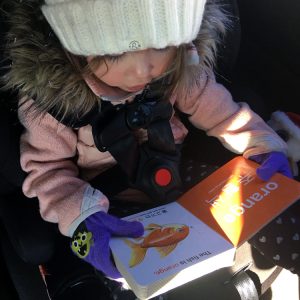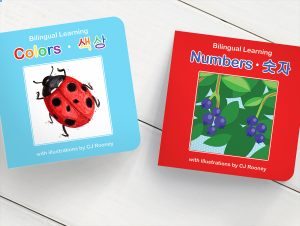Emotions are high as we continue to practice social distancing and follow stay-at-home orders, in our best efforts to slow the spread of COVID-19. Many of us are experiencing feelings of anxiety, helplessness, frustration, and worry – all as a natural response to the stress involved in our current global circumstances. All these emotions can be difficult to navigate, and especially so for children who are looking to us adults for comfort and security while they continue learning from home and are missing their friends and extended family members. It can be difficult to manage such big emotions!
It got me really thinking about some effective practices for managing stress and the negative emotions that often come with it. I wanted to have some activities ready for a moment when any one of my children might need some extra comfort or help with addressing their fears or worries. Dealing with depression myself, I know the importance of being able to talk about my struggles with someone I trust and to be able to level my emotions so I can more easily manage them. I wanted to be able to use some of these techniques in a child-friendly way while also integrating some bilingual education and simple facial recognition activities.

I created a 20 page workbook that’s all about emotions! I’ve included some of the most common emotions we experience from day-to-day, and created some activities for recognizing, discussing, and managing these emotions in healthy ways. Included are social emotional activity ideas, coloring pages, reading and writing practice, drawing activities, illustrative journal pages, and, of course, bilingual vocabulary practice. You’ll have the opportunity to open up to each other and address the big emotions your children (and you!) may be experiencing – and set in place great emotional health practices for years to come!
You can find the downloadable workbook here in our online store. The material supports bilingual education in English and Korean languages, but can be completed and enjoyed by our monolingual friends, as well!
Here’s to maintaining our mental (and physical) health! Stay safe, everyone!








